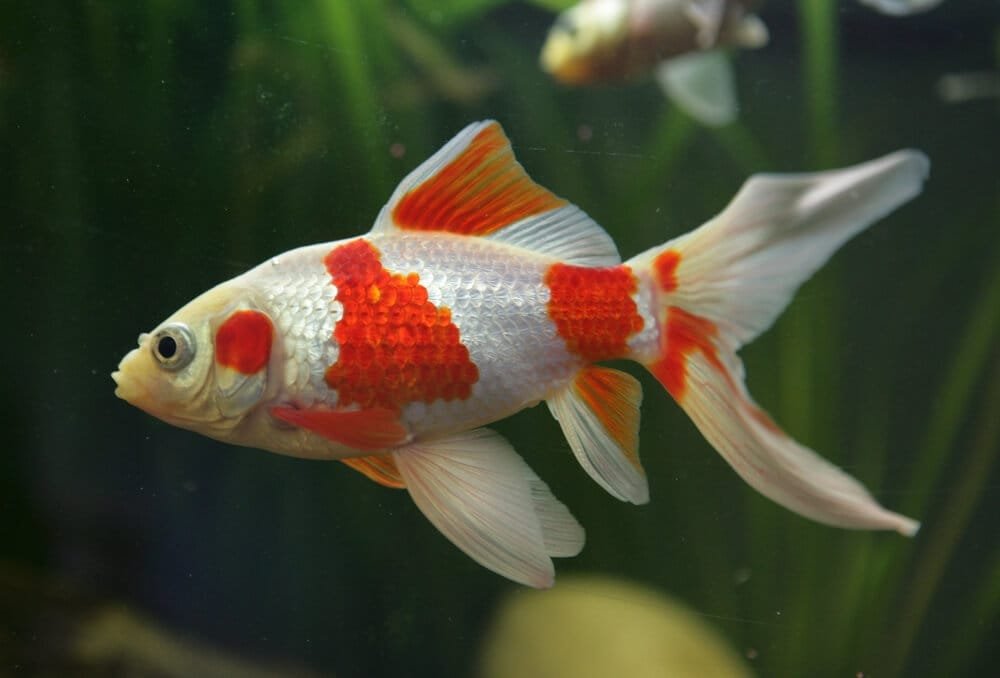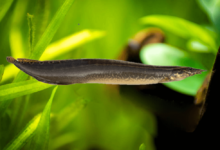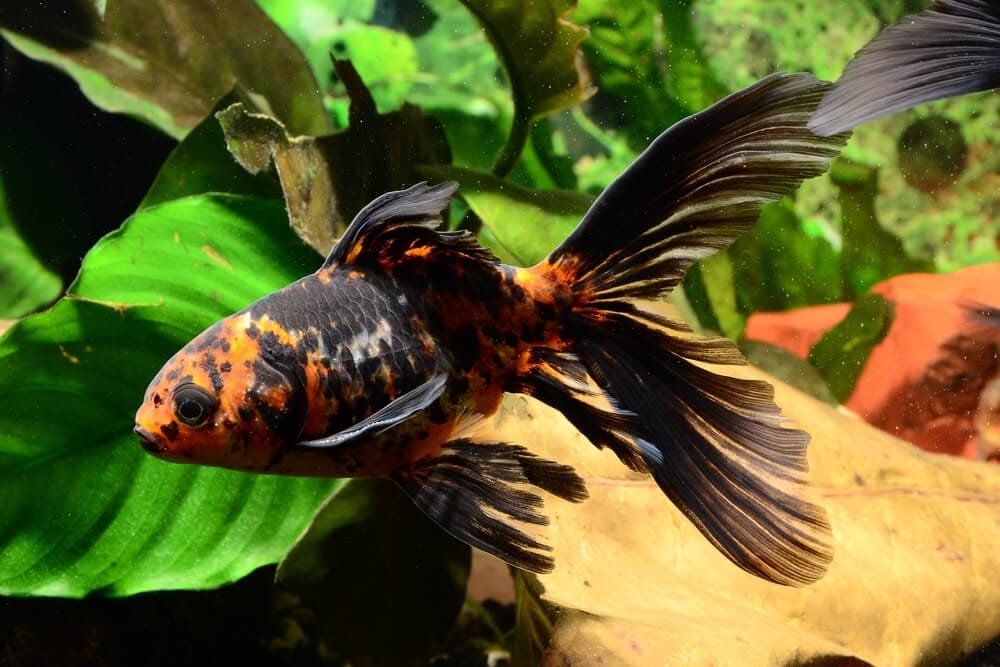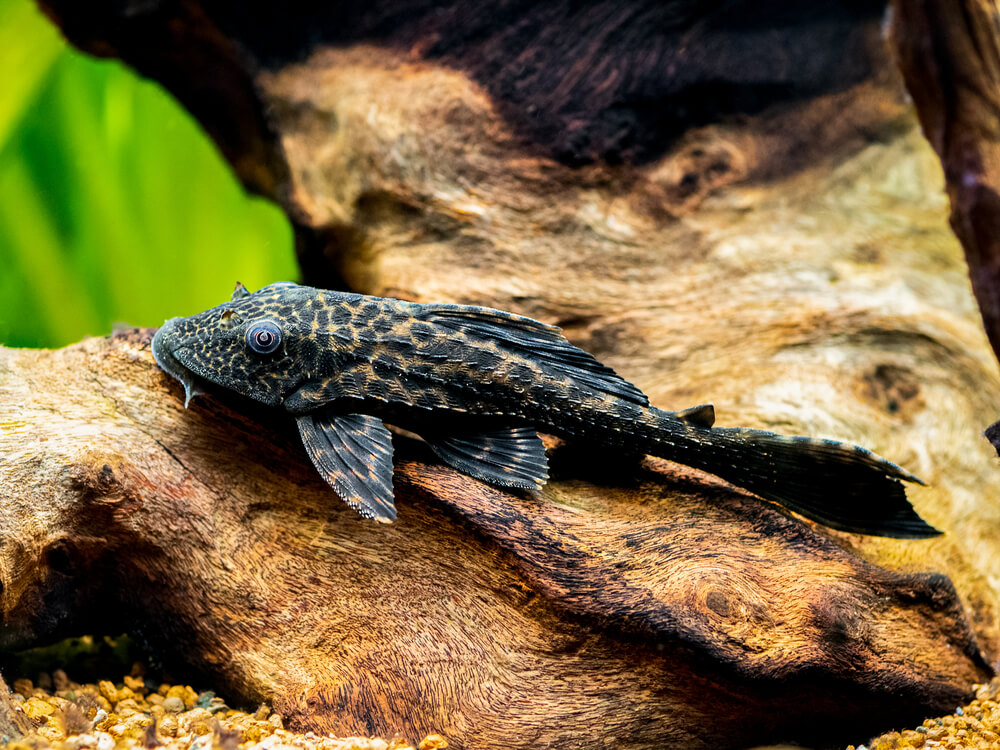Kribensis Cichlid: Behavior and Tank Setup Recommendations
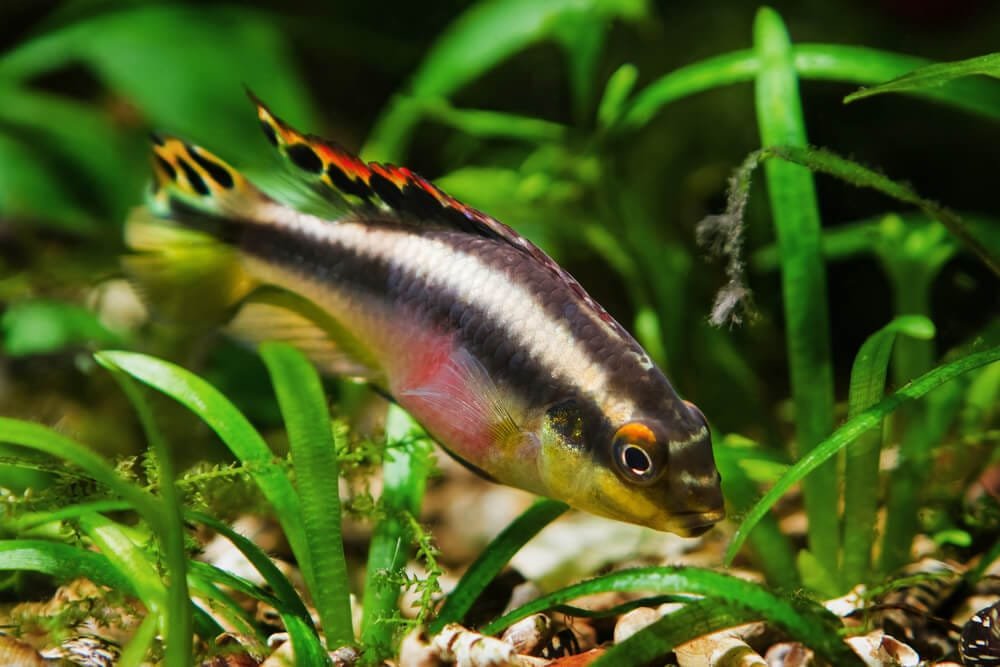
Have you ever encountered a stunningly colorful freshwater fish that captures your attention with its vibrant hues? If so, you might have come across the fascinating Kribensis Cichlid. With its vibrant shades of red, yellow, and blue, this fish is a true gem in the aquarium world. Known for its peaceful demeanor and relatively easy care requirements, the Kribensis Cichlid has become a popular choice among fish enthusiasts. In this article, we will explore the mesmerizing beauty and unique characteristics of the Kribensis Cichlid, making it a must-have addition to any aquarium.
Habitat and Distribution
Origin
The Kribensis Cichlid, scientifically known as Pelvicachromis pulcher, is a popular freshwater fish that originates from West Africa. Specifically, it is native to the rivers and streams of Nigeria and Cameroon. It was first discovered in the early 1900s and has since become a beloved choice for aquarium enthusiasts around the world.
Natural Habitat
In its natural habitat, the Kribensis Cichlid is typically found in slow-moving or stagnant waters, such as rivers, streams, and swamps. It tends to inhabit areas with dense vegetation, including submerged roots and overhanging branches. These environments provide the fish with plenty of hiding spots and protection, which is crucial for their overall well-being and survival.
Distribution
Due to its popularity in the aquarium trade, the Kribensis Cichlid has been introduced to several other regions outside of its native range. It can now be found in various parts of the world, including North America, Europe, and Asia. However, it is important to note that the introduced populations may have different genetic variations compared to the wild populations in Africa.
Physical Appearance
Size
Kribensis Cichlids are relatively small fish, with the males reaching an average size of 3-4 inches (7-10 cm) in length and the females slightly smaller at around 2-3 inches (5-7 cm). This size makes them suitable for smaller aquarium setups, but they should still be provided with enough space to swim and explore.
Coloration
One of the most captivating aspects of Kribensis Cichlids is their vibrant and diverse coloration. Males typically display more intense colors than females. The males often showcase a combination of bright red, blue, and black on their bodies, with intricate patterns of vertical stripes and spots. Females, on the other hand, have a more subdued coloration, usually featuring shades of yellow, orange, or brown.
Distinctive Features
Aside from their striking coloration, Kribensis Cichlids also possess several distinctive features. Both males and females have elongated dorsal fins, and the males develop longer fins as they mature. Another distinctive feature is the presence of a black spot, known as an eyespot, on the base of their caudal fin. This eyespot serves as a form of mimicry, helping to deter potential predators.
Behavior and Temperament
Social Nature
Kribensis Cichlids are generally peaceful and sociable fish, making them suitable for community aquariums. However, it is recommended to keep them with other peaceful species of similar size to prevent any aggression or territorial disputes. They are known to form hierarchical social structures, and if kept in groups, they will establish a dominant male and female pair that will breed and defend their territory.
Breeding Behavior
Breeding is an area where Kribensis Cichlids truly excel. Males become more vibrant during the spawning season, displaying their full array of colors to attract a mate. They will construct a nesting site, often in caves or among rocks, and entice the females to lay their eggs there. Once the eggs are fertilized, both parents will take turns guarding the nest and caring for the young fry.
Territoriality
While Kribensis Cichlids are generally peaceful, they can become territorial during the breeding season. The male will fiercely guard the nesting site and may exhibit aggressive behavior towards other fish that venture too close. It is important to provide ample hiding spots and visual barriers within the aquarium to prevent excessive aggression and give the fish a sense of security.
Water Parameters
Temperature
The ideal temperature range for Kribensis Cichlids is between 75-82°F (24-28°C). It is essential to maintain a stable temperature within this range to ensure the health and well-being of the fish. Sudden fluctuations in temperature can cause stress and potentially lead to various health issues.
pH Level
Kribensis Cichlids prefer slightly acidic to neutral water conditions, with a pH range of 6.0-7.5. It is vital to monitor the pH levels regularly to ensure they remain within the desired range. Deviations from the optimal pH can affect the overall health and coloration of the fish.
Water Hardness
These cichlids thrive in moderately hard to slightly soft water. The ideal water hardness range for Kribensis Cichlids is between 4-15 dGH (degrees of general hardness). It is recommended to test the water hardness and make necessary adjustments using appropriate additives to create the desired conditions.
Tank Setup
Tank Size
Due to their smaller size, Kribensis Cichlids can be comfortably housed in tanks as small as 20 gallons (75 liters). However, providing them with more space is always beneficial, especially if you plan on keeping them in a community setup. A larger tank, such as a 40-gallon (150 liters) or even a 55-gallon (208 liters) tank, will allow for better swimming space and accommodate other compatible tank mates.
Substrate
The choice of substrate is an essential aspect of setting up a suitable environment for Kribensis Cichlids. They prefer a sandy or fine gravel substrate, as this closely resembles their natural habitat. The substrate should be smooth and free of sharp edges to prevent any potential injuries to the fish.
Plants and Decorations
To create a comfortable and visually appealing tank for Kribensis Cichlids, it is recommended to incorporate live plants and decorations. Dense vegetation, such as Java ferns, Amazon swords, and floating plants, will provide ample hiding places and mimic their natural habitat. Additionally, the addition of caves, driftwood, and rocky formations will offer territorial boundaries and create interesting visual elements.
Feeding
Diet in the Wild
In the wild, Kribensis Cichlids have an omnivorous diet. They primarily feed on small invertebrates, such as insects, worms, and crustaceans, that they forage from the substrate. They also consume plant matter, including algae and fallen fruits or leaves.
Diet in Captivity
To provide a well-balanced diet for your Kribensis Cichlids in captivity, a combination of high-quality dry and frozen foods should be offered. Pellets or flakes specially formulated for cichlids can serve as the staple diet. Additionally, supplementing their diet with live or frozen foods, such as brine shrimp, bloodworms, and daphnia, will ensure they receive the necessary nutrients.
Feeding Frequency
Kribensis Cichlids should be fed small amounts of food multiple times a day. This helps mimic their natural feeding behavior and prevents overeating. Aim to provide enough food that can be consumed within a few minutes during each feeding session. It is important not to overfeed, as it can lead to obesity and various health issues.
Health and Care
Common Diseases
Like any other fish, Kribensis Cichlids are susceptible to certain diseases. Ich, or white spot disease, is one of the most common ailments that affect them. This parasitic infection causes small white spots to appear on the fish’s body and fins. Other potential health issues include bacterial or fungal infections, fin rot, and swim bladder disorders. Maintaining proper water quality and a well-balanced diet is crucial in preventing these diseases.
Tank Maintenance
To ensure the health and well-being of your Kribensis Cichlids, regular tank maintenance is essential. This includes performing regular water changes to maintain optimal water quality, removing any uneaten food or debris from the tank, and monitoring water parameters regularly. It is also advisable to clean the filter and gravel periodically to prevent the buildup of pollutants.
Compatibility with Other Fish
When it comes to choosing tank mates for your Kribensis Cichlids, it is important to consider species with similar temperaments and size requirements. Peaceful community fish, such as tetras, rasboras, and peaceful dwarf cichlids, make good companions. Avoid keeping them with aggressive or larger fish that may intimidate or harm the Kribensis Cichlids.
Breeding
Choosing Breeding Pairs
To breed Kribensis Cichlids, it is crucial to select a compatible breeding pair. Ideally, choose a male and female that are similar in size and display vibrant colors. It is also recommended to introduce the breeding pair into a separate breeding tank to ensure optimal conditions for successful breeding and to prevent other tank mates from interfering.
Breeding Process
The breeding process of Kribensis Cichlids is fascinating to observe. The male will establish a territory and build a nesting site, often within a cave or among rocks. The female will lay her eggs in the nest, and the male will fertilize them. Both parents will take turns guarding the nest and fanning the eggs to ensure proper oxygenation. After a few days, the fry will hatch and be cared for by the parents.
Caring for Fry
Once the fry have hatched, they will remain close to the nesting site for several days, feeding off the yolk sac attached to their bodies. After this stage, the parents will lead the fry to search for food, often small organisms and microorganisms within the tank. It is crucial to provide them with suitable food options, such as crushed flakes or baby brine shrimp, to support their growth and development.
Common Varieties
Red Kribensis
The Red Kribensis, also known as the Super Red Kribensis, is a selectively bred variety that showcases an intense red coloration. The males display a vibrant red throughout their bodies, while the females have a muted red or orange hue.
Albino Kribensis
Albino Kribensis Cichlids are a unique variety that lacks pigment, resulting in a stunning white or pale yellow coloration. This variation is highly sought after by aquarists due to its striking and unusual appearance.
Electric Blue Kribensis
The Electric Blue Kribensis is another selectively bred variety that exhibits a dazzling blue coloration. The males showcase a vibrant electric blue hue, while the females display a paler blue color. This variety adds a captivating and vibrant element to any aquarium.
Conclusion
Summary
In conclusion, Kribensis Cichlids are fascinating freshwater fish that offer a wide array of colors and interesting behaviors. Originating from West Africa, they have become popular choices for aquarium enthusiasts due to their beauty and relatively peaceful nature. With the right care, suitable tank conditions, and a compatible selection of tank mates, these captivating fish can thrive in a home aquarium.
Keeping Kribensis Cichlids
To keep Kribensis Cichlids successfully, it is crucial to recreate their natural habitat as closely as possible. This includes providing ample hiding spots, suitable water parameters, and a well-balanced diet. Regular tank maintenance and monitoring their health ensure that these captivating fish will live long and happy lives in your aquarium. With their vibrant colors and unique behaviors, Kribensis Cichlids are sure to be a stunning addition to any aquarist’s collection.
